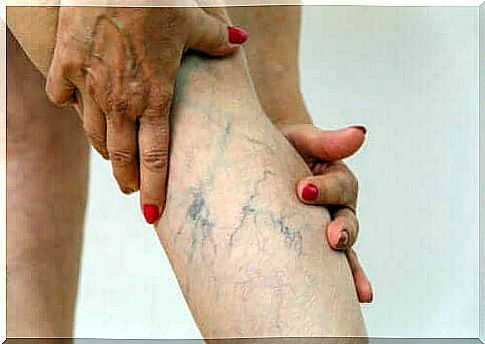Phlebitis: What Is It, Symptoms And Treatment

Phlebitis, also known as thrombophlebitis , is an inflammatory process that results from the formation of a blood clot that blocks one or more veins, usually in the leg. There are two main types: superficial – close to the outermost parts of the skin – and deep – located within a muscle.
According to professional medical portals, superficial thrombophlebitis is a very common pathology, as it is estimated that 3 to 11% of the population present it at some point. Its appearance is more common after 60 years and in females.
Main symptoms of phlebitis
As we have already said, phlebitis is distinguished into two categories: superficial and deep – also known as deep vein thrombosis or DVT. Clinical signs will vary depending on each one. Still, the National Library of Medicine of the United States shows us the general symptoms:
- Inflammation in the affected part of the body: usually occurs in the leg.
- Pain in that area.
- Redness of the skin : not always present.
- Heat : with sensitivity over the obstructed vein.
Superficial thrombophlebitis is accompanied by redness of the skin and the appearance of a hard, red cord under the skin, sensitive to touch. DVT is less obvious, characterized by widespread pain and swelling.

Causes of phlebitis
Phlebitis occurs when a blood clot settles in one or more veins, causing them to swell. The Mayo Clinic and other sources already cited expose the most common causes of this pathology. Among them, we find the following:
- Vein injury.
- A hereditary circulation disorder.
- Staying immobile for a long time, as is the case with people admitted to a hospital.
- A pacemaker catheter that passed through a vein through the groin.
- Pregnancy and childbirth in the last 6 months.
- Obesity and overweight.
In general, venous clots appear when something slows down or alters the flow of blood in the veins. Any pathology that has this side effect (from obesity to certain surgical procedures) can cause superficial or deep phlebitis.
How is the diagnosis made?
The doctor usually diagnoses the patient based on the appearance of the affected area. However, if the underlying cause of phlebitis cannot be easily identified, the doctor will recommend blood clotting studies, venography – X-rays to visualize the veins – genetic tests and special types of ultrasound.
Risk groups and complications of phlebitis
The average age of patients with phlebitis is over 60 years, mainly female. Furthermore, 90% of superficial thrombophlebitis are associated with people with varicose veins, while only 10% of them correspond to patients with healthy veins.
According to the AXA Healthkeeper Foundation , there are several risk factors that promote the development of phlebitis. Among them, we highlight the following:
- Obesity : poses a great risk for multiple heart diseases. As medical studies indicate, excess body mass is associated with cardiovascular disease, heart failure and sudden death.
- Smoking : predisposes to the formation of thrombi in the arteries and veins.
- Hormone Therapy : Birth control pills and hormone replacement pills can make the blood more prone to clotting in some patients.
- Prolonged immobility : can occur in the case of hospital admissions or an excessively sedentary lifestyle.
In addition to these common events, it can also be caused by the presence of a pacemaker in the central veins, a family history of blood clotting disorders, a history of stroke, and many other conditions. Any pathology that modifies the venous flow can translate into phlebitis.
With regard to complications, if phlebitis is identified early, it can be adequately treated. However, if this does not happen, unfortunately, a blood clot can develop in the lungs, an event known as pulmonary embolism .

Available treatments
The angiologist and vascular surgeon are the professionals responsible for treating phlebitis. The professional usually prescribes the following medications in less severe cases: analgesics, anticoagulants and antithrombotics to dissolve the clot.
In patients with a clinical picture that is more difficult to manage, the physician may consider surgical removal of the obstructed vein if it is superficial. The other option is to perform a venous bypass . These procedures are much less common than those already mentioned.
Want to avoid phlebitis? So get moving!
As you may have seen, phlebitis is a very common condition, especially in elderly people who have varicose veins in their legs. It is a clinical picture with a positive prognosis, but if it is not treated in time, it can get worse.
To prevent phlebitis, the best thing you can do is maintain a healthy lifestyle : get moving, exercise, don’t smoke, and stay away from high-calorie foods. Obesity can cause many diseases, and thrombi are one of them.









